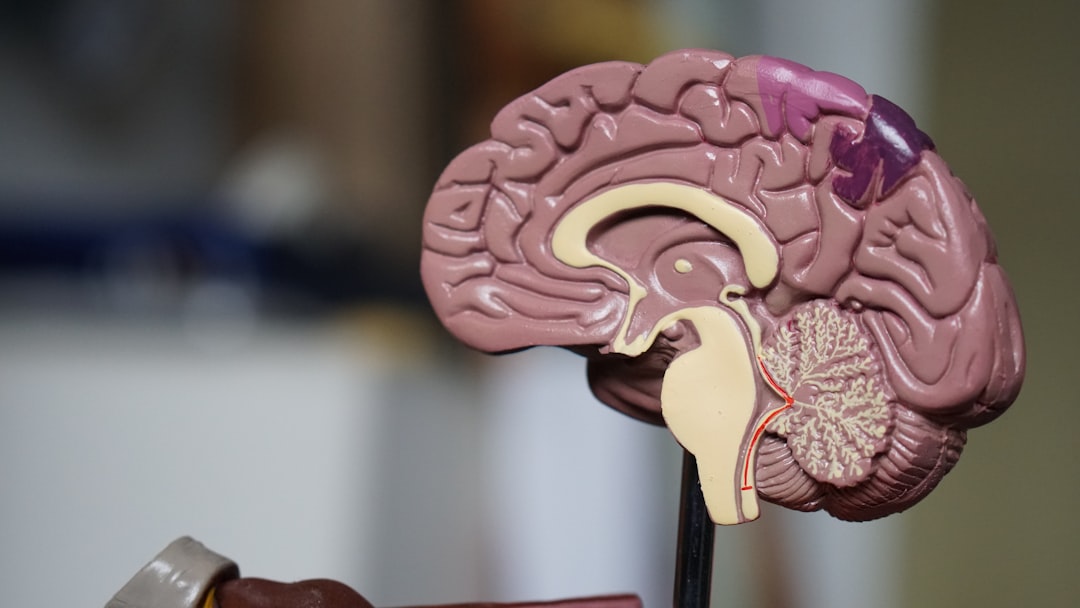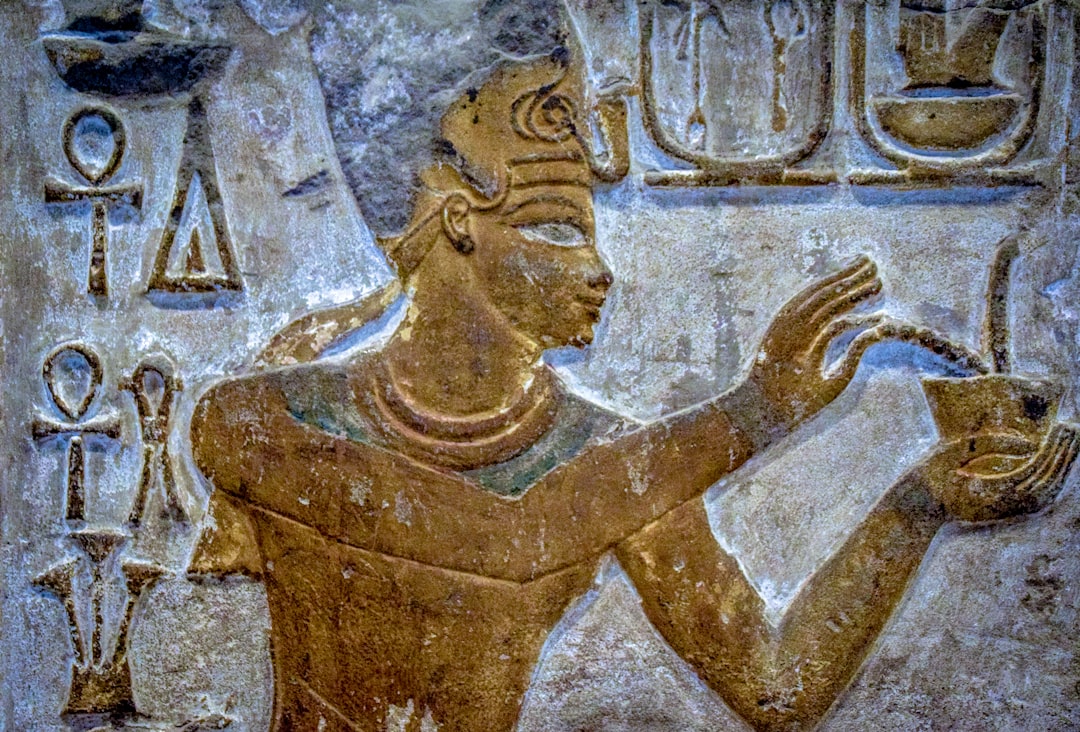What is it about?
Frequent availability of low-speed internet connections together with easy availability of video capturing in the form of low-cost cameras and digital camcorders, and free video editing software running on low-cost machines, creates the possibility of real vulnerability in the video. To make improvements to images and videos, it is becoming easier for ordinary people to use malicious purposes to access digital doctor tools. This means that television, such as videos and videos on YouTube’s popular Internet websites that have been shown to be images and videos, have been scattered and their honesty cannot always be allowed. On this paper, a video tempering detection technique is proposed under the entire reference scheme. This means that the original video file is compared to the analysis activity. The proposed project uses a general data structure which is called the difference matrix which is used as a purpose. The proposed project takes steps without traditional comparison because it indicates that video edits are made to include objects or it is simply a result of video brightness and contrast enhancement.
Featured Image

Photo by Chris Murray on Unsplash
Why is it important?
Digital Video Forensics G. SHARMA AND D. GOYAL Images and videos of cameras, digital camcorders and CCTVs can work as a very strong “proof” in both legal courts and public opinion, so it is important to ask whether the images and videos produced by these devices are true and it is not incognito. In addition, the availability of digital doctor tools is realized, most of the suspected suspect videos suspect videos often claim that the video is shown to themselves. For example, in March 2015 an opposition leader from the Indian government was accused of involvement in sex video. Obviously, for political reasons, if the video is found to be true, the career of the politicians will be reduced and if the video is scattered then the state government will be accused of political conspiracy to destroy the current ruling party. Opponent Therefore, it is important to ensure the authenticity of the videos on both sides. It recommends that the videos are widely popular and often quoted as “proofs”, but the authenticity of the video cannot be taken automatically, and in some cases, its authenticity cannot be easily verified. To a general public, the possible explanations of the “forensics” video could be awakened in the study of digital video forensics science, which motivate to work on the topics on a forensic investigation aid video. For example, a criminal suspect scene was recorded in the video where a crime had recorded a scene. In the video, the presence of suspects constitutes the forensic chain parts. Another possible explanation of the video “Forensics” is to determine whether the video is authentic, for example, it has been incognito and if so, how and where? In this report, Digital Video Forensic Research aims to uncover and analyze the underlying information about a video and try to detect any kind of camouflage applied to the video. Its original video is just a collection of moving pictures. For example, some studies of digital video forensics have not been astonishing as an extension of the digital image forensic research. Compared to digital images, digital images were much more easily produced and compared to digital video, in digital image forensics, the study was much more mature than digital video forensics.
Perspectives
Problem Statement Video Tempering Detection, in Spatial and Temporal Domain is investigated in this paper. Spatial Tempering refers to the tempering made in individual frames whereas temporal tempering refers to the dropping of frames or the change in the sequence of frames by duplicating or appending additional frames in the frame sequence. All these cases are investigated under Full Reference schemes, which is equaling to the case of Non-Blind Techniques for Watermarking Detection or Steganalysis. Research Approach As stated previously, techniques are preened in this thesis for Video Tempering Detection in both the Full and No Reference Modes of analysis. By the term Video Tempering, there is the possibility of one or all of the actions stated below: 1. Individual Frame Drop 2. A Sequence of Frames Dropping 3. Inclusion of Additional Frames in the Video Sequence. 4. Copying of Same frames redundantly in video. 5. Changing Frame Sequences 6. Changing the content of the frames 7. Combining one or more of the above Stated Operations In all the above cases, in No Reference Mode, correlation analysis is required to be made. In this mode, a feature set based on correlation parameters is required to be constructed to train a machine learning classifier.
Dr. GAJANAND SHARMA
Jecrc university
Read the Original
This page is a summary of: Video tempering detection assessment in full reference mode using difference matrices, Journal of Discrete Mathematical Sciences and Cryptography, May 2019, Taylor & Francis,
DOI: 10.1080/09720529.2019.1637159.
You can read the full text:
Resources
Contributors
The following have contributed to this page










